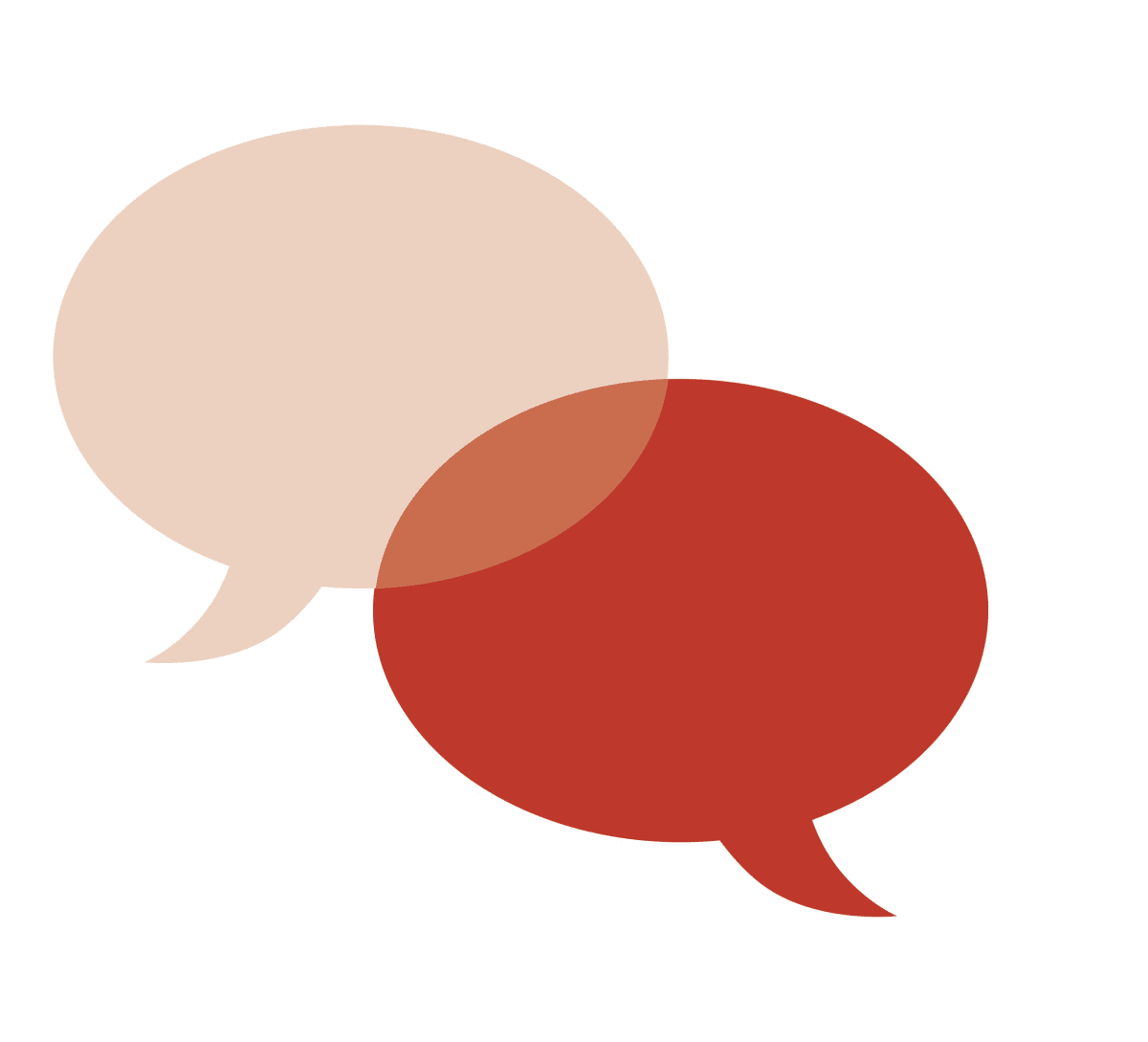
A Kiwi start-up has developed cunning eye test technology for pre-schoolers. Watch this space - and those grey dots, writes Nikki Mandow.
A young girl – three, maybe four – sits in front of a screen watching a cartoon show, a patch over one eye. A few seconds in, the tablet seems to glitch. Instead of the cheery colourful creatures, a grey dot pattern moves across the screen.
A few seconds later, the cartoon is back. The “problem” is solved.
And the child has had an eye test.

The girl doesn't need to read any letters, or identify any pictures. She doesn't need to speak at all - which can be useful with shy or non-vocal children.
Instead, the way her eye responds to the grayscale dot pattern tells the tester - or more particularly the software algorithm inside the device in front of her - what it needs to know about her sight.
Strong or weak vision. Lazy eye, yes or no.
The cartoon is just a distraction.
It sounds simple, but it isn't. That moving grey dot pattern and the software behind it has been under development by University of Auckland scientists for pretty much a decade, and had its beginnings in a research project into eye movement in young children by the Auckland Bioengineering Institute and the School of Optometry and Vision Science.
The eye test idea came out of the study, and company Objective Acuity was formed to commercialise the technology.
Chief executive Adam Podmore says tests using the Snellen letters chart, developed more than 150 years ago by Dutch ophthalmologist Hermann Snellen and still the gold standard today, can be difficult to administer to small children and some disabled adults because they need a response.

“Studies suggest that a child cannot fully understand, and therefore cannot effectively undertake, a visual acuity test until they are five or six years old,” the Objective Acuity website says.
“However, if a child waits until this age, or later, then amblyopia [lazy eye] and other vision impairments are significantly harder to treat and related learning difficulties can develop.
“This is easier, faster and more convenient,” Podmore says. “At the moment, it can be long-winded, and not very reliable doing eye tests on preschoolers. I've seen it take 30 to 45 minutes to test a child.”

In New Zealand, children get a pre-school eye test at four years old, but might benefit from being tested earlier.
Podmore says one in four children have undetected vision problems, and 20 percent struggle with reading because they can't see properly.
Another advantage of the Objective Acuity eye test is you don't need to be a trained optometrist to administer it, he says.
“It could be done by teachers, or parents could walk into a pharmacy and pay for a test."
The basic principle behind the test is that if the child's eye is seen to be following the moving dot pattern, they pass the test - their sight is fine. If the eye doesn't move in the expected way, they can't see properly.
The eye movements are involuntary. The grey dot pattern induces a specific type of sawtooth eye movement called optokinetic nystagmus, or OKN - it looks a bit like a heartbeat on a screen.

International market
Podmore says as well as talking to the Government and health professionals in New Zealand, there is also potential in the US and elsewhere.
In the US, GPs and paediatricians do eye tests as a mandated service. So this could be an early market.
The Objective Acuity business model involves providing the hardware - an off-the-shelf tablet, camera and lens - and then licensing the software either using an upfront fee, or a pay-per-test model.
He says the company has a number of patents around the bull's eye pattern and in the future the technology could be developed for other groups, including people with certain disabilities and some stroke victims.
Last month Objective Acuity announced a partnership with US biotechnology company Regenxbio to use the visual acuity test with children with the severe neurological condition Batten disease.
In the future the test might also be used to look at other brain processes, Podmore says.
AI potential
Earlier this year, Objective Acuity was one of four companies to get money - in this case $125,000 - from telco Spark’s 5G Starter Fund.
5G’s higher definition video quality makes the eye test more accurate, says Objective Acuity co-founder Dr Mehrdad Sangi at the University of Auckland’s Auckland Bioengineering Institute (ABI). It also means being able to develop artificial intelligence (AI) capabilities for the technology.
“With our tests using high definition video, 5G would allow us to implement powerful AI analysis in the cloud to deliver accurate real-time test results on any 5G capable device.
“This would make vision tests more accessible and able to be used more broadly within the community. For example, tests could be performed in pharmacies, early childhood centres and eventually in the home.”








